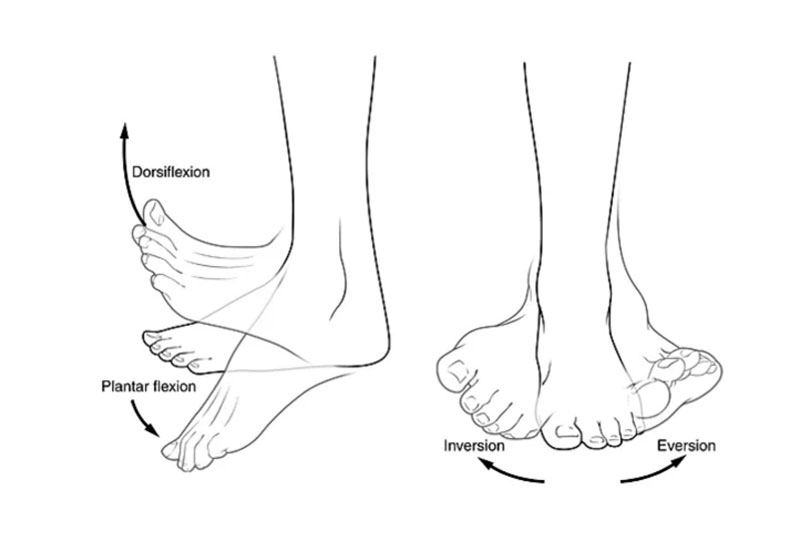Neurotechnologies to Help the Body Move, Heal and Feel Again

Background: Cerebral palsy (CP) is the most common motor disability in childhood. Only in the U.S., 1 in 345 children has been identified with CP[2]. Over half of the CP children fall under the Gross Motor Function Classification System (GMFCS) Level I - II, who can walk independently with some irregularities[1], [2] and 7% - 11% of children with CP fall under GMFCS Level III and can walk with assistive devices[1]. Any new technology that can assist with gait diagnostics, as well as rehabilitation need to aim to address the unique needs of children with cerebral palsy and their caregivers through the lens user-centered design approach with focus on adaptability to a child's growing body, ease of use, and aesthetic appeal to encourage long-term acceptance (Fig.1 and 2). This innovative approach seeks not only to improve physical functionality but also to positively impact the overall well-being and social integration of children with cerebral palsy and their quality of life.

Research Plan: In this proposed interdisciplinary project, NSAP trainees will be collaborating with a team of graduate student in engineering in ongoing exoskeletons for children. NSAP trainees will be involved in all stages of design process, such as research, user research and user journey analysis, observation and data collection, design, prototyping with soft goods and early prototype testing.
Prerequisites: An introductory course in user research and design process as well as basic knowledge in prototyping and 3D modeling. Experience with softgoods design is desirable but no required.